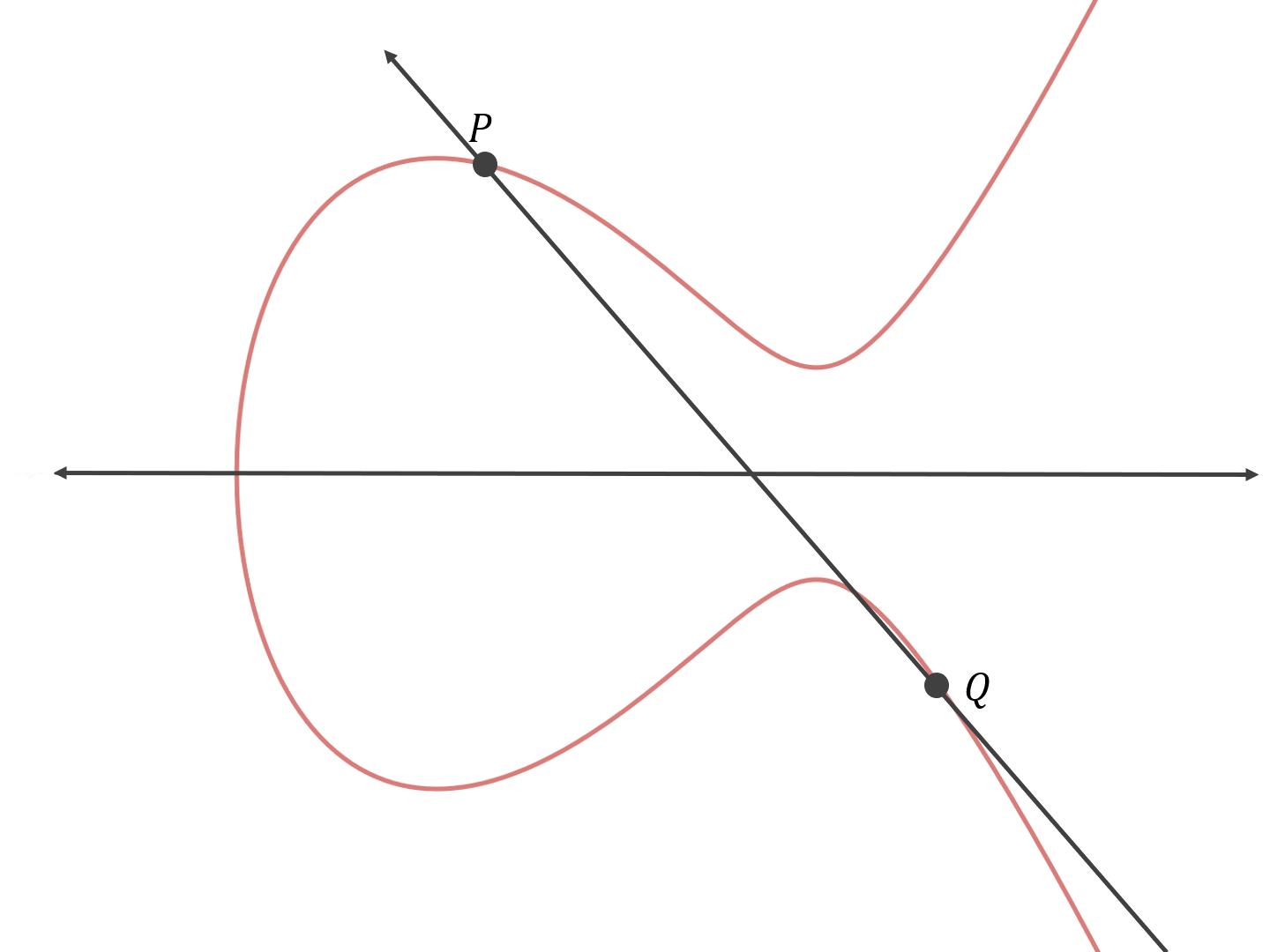
Elliptic Curves: The Foundation of Bitcoin's Cryptography
Ever wonder why bitcoin hasn’t been hacked?
Elliptic curve cryptography is a type of cryptography that plays a vital role in securing Bitcoin transactions. It uses elliptic curves to create mathematically linked public and private keys. This article delves into the world of elliptic curves and how they are used in Bitcoin.
The secp256k1 Curve:
Bitcoin uses a specific elliptic curve called secp256k1, which is defined by the equation y^2 = x^3 + 7. The points along this curve are used to derive the values of public and private keys. This curve is crucial to Bitcoin's security, as it makes it computationally impossible to derive a private key from its public key.
Public-key Cryptography:
Public-key cryptography is essential because it satisfies two conditions:
It is computationally impossible to derive a private key from its public key.
It is possible to prove ownership of a given private/public key pair without revealing any useful information about the private key in the process.
The Discrete Log Problem:
Bitcoin takes advantage of the Discrete Log Problem to create irreversible, one-way mathematical functions. To put it simply, the Discrete Log Problem can be compared to making a smoothie: it's easy to blend ingredients into a smoothie, but it's nearly impossible to separate the ingredients back into their original form.
In the context of Bitcoin, we can only ever get the public key from a private key, but not the other way around. The public key can be thought of as the smoothie, while the private key represents the ingredients. This "trap door" mechanism ensures the security of your private key.
Key Generation Using secp256k1:
To create a public and private key pair using secp256k1, we start with a random point on the curve, "k." This random point is our private key. Bitcoin's algorithm specifies a generator point "G," which is the same for all key pairs. The generator point is a single point on the secp256k1 curve.
By multiplying the point "k" (our random number) by the generator point "G," we end up with a new point "P," which is our public key. Thanks to the Discrete Log Problem, the math involved only allows us to calculate from private keys ("k") to public keys ("P"), and not the other way around.
In other words, dividing the public key "P" by the generator point "G" cannot yield the private key "k." We have now created a public key "P" that is linked to the private key "k" but cannot be used to derive the private key "k."
Conclusion:
In summary, Bitcoin uses elliptic curves to calculate public and private key pairs. It is computationally impossible to derive a private key from its public key, and it is possible to prove ownership of a given private/public key pair without leaking any useful information about the private key in the process.
This explanation of elliptic curves is a simplified version, but it provides a foundation for understanding the security mechanisms behind Bitcoin. As the cryptocurrency market evolves, it's essential to continue learning about the underlying technology and cryptography that secures our digital assets.
Additional Resources:
